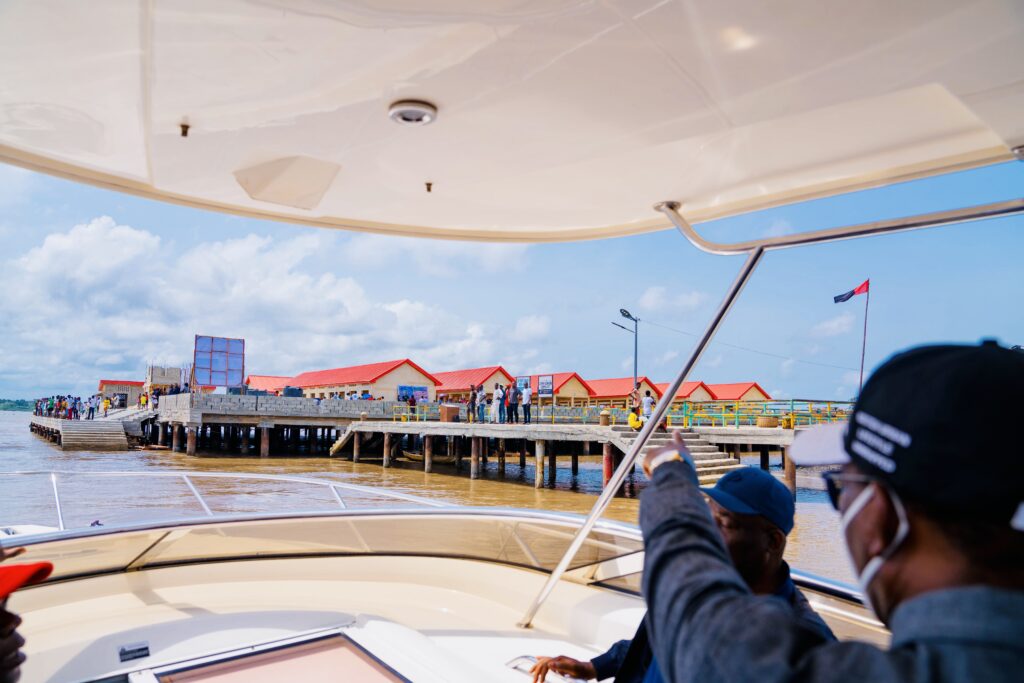Delta State has a unique geoecological landscape. On its western boundary, the State has a long Atlantic Ocean coastline of about 163 km. More than one third of its total area of 18,050 square kilometres consists of natural water bodies such as rivers, streams, tributaries, creeks, coastal swamps and estuaries. This geographical feature has both advantages and disadvantages for the affected communities and the entire State.
On the one hand, the main advantages of the state’s geography relate to the huge potentials for the development of marine economy, aquaculture, artisanal fishing and maritime transport. The State has a rare quadruplet of seaports along the Niger Delta coastline in the port towns of Warri, Sapele, Koko and Burutu and two critical national economic assets – crude oil terminals at Escravos and Forcados. On the other hand, the geospatial and topographical peculiarities of the riverine, coastal and creek communities pose tremendous constraints to their infrastructural, physical and economic development.
The constraints of infrastructural physical and economic development of these communities imply huge additional project construction costs and highly difficult transport logistics to deliver on health and education facilities, housing and transport infrastructure. Overcoming this geospatial challenge requires strong political will, sound planning, cost effectiveness and faithful execution of projects. These are the qualities and virtues which His Excellency, Governor of Delta State, has brought to bear in the historic transformation of the living conditions and welfare of communities and people of the state’s riverine, coastal and creek communities.
The historic transformation of these riverine, coastal and creek communities is manifest in the assortment of development projects that have either been completed or ongoing, from 2015 to date. The development projects include roads, bridges, schools, health centres, housing, markets and support for economic activities. These projects have had historic impact in uplifting the living conditions, people’s welfare and development prospects in these communities.
The historic transformation of living conditions in the riverine, coastal and creek communities of Delta state through unprecedented development of roads, water transport facilities, health centres/hospitals, educational facilities and market facilities is the result of Okowanomics. The development landmarks have been achieved by strong political will, thorough planning, astute resource management, people-centeredness and faithful execution, which are among the defining elements of Okowanomics.
Successful targeting of development interventions in the riverine, coastal and creek communities of Delta State is a policy model that should be emulated by states with similar geo-ecological conditions. Also, it presents important policy lessons for the federal government to improve living conditions in Nigeria’s riverine, coastal and creek communities.

